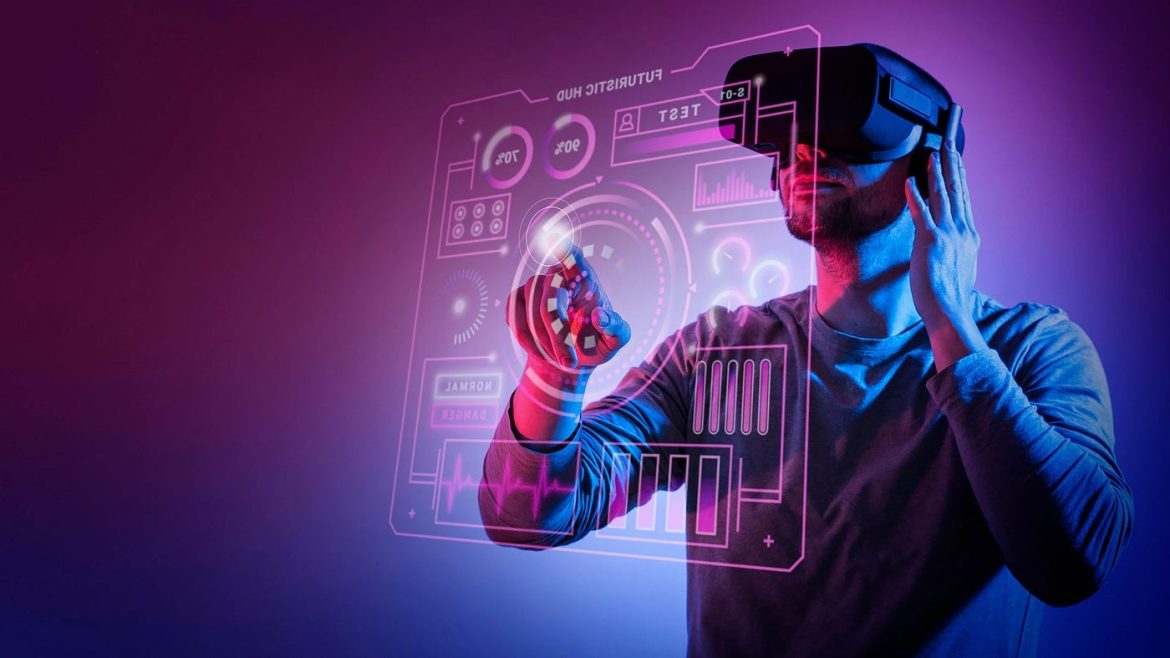In recent years, technology has transformed the way we live, work, and interact with the world around us. One of the most promising technological advancements in the field of education is augmented reality (AR). Augmented reality in education has the potential to revolutionize the learning experience, making it more engaging, interactive, and immersive. In this article, we will explore the impact of augmented reality on education and how it is changing the learning landscape.
What is Augmented Reality?
Augmented reality is a technology that blends digital content with the real world. Unlike virtual reality (VR), which creates entirely immersive environments, AR overlays digital information onto the physical world. This is usually done through the use of smartphones, tablets, or AR headsets, which enable users to see and interact with digital elements in their real environment.
The Immersive Learning Experience
One of the key benefits of augmented reality in education is the immersive learning experience it offers. Traditional classrooms often struggle to captivate students’ attention, leading to disengagement and reduced learning outcomes. AR, on the other hand, has the power to transform ordinary lessons into interactive adventures.
With AR, students can explore historical sites, dissect virtual organisms, or travel back in time to important historical events, all from the comfort of their classroom. This immersive experience not only enhances engagement but also improves retention and comprehension of complex topics.
Personalized Learning Paths
Another advantage of augmented reality in education is its ability to tailor learning experiences to individual students. AR applications can adapt content based on a student’s progress and learning style. For example, a language learning app using AR can provide real-time feedback on pronunciation or adjust the difficulty of exercises based on the student’s performance.
Practical Applications of AR in Education
Science and Anatomy
In science education, augmented reality can bring abstract concepts to life. Students can use AR apps to interact with 3D models of molecules, explore the human body’s anatomy, or witness geological processes like volcanic eruptions. This hands-on approach fosters a deeper understanding of scientific principles.
History and Geography
History and geography lessons can be greatly enriched through AR. Students can walk through ancient civilizations, watch historical figures come to life through holograms, or embark on virtual journeys to explore different cultures and landscapes. AR makes history and geography more than just names and dates; it turns them into living experiences.
Challenges and Considerations
While augmented reality in education holds immense promise, it is not without its challenges. One of the main concerns is access to AR technology. Not all schools have the resources to provide students with AR-enabled devices, which can create disparities in access and learning opportunities.
Moreover, the development of high-quality educational AR content can be time-consuming and costly. Educators and content creators need to invest in creating engaging and pedagogically sound AR experiences to ensure that the technology enhances learning rather than serving as a mere distraction.
The Future of Augmented Reality in Education
As technology continues to advance, the future of augmented reality in education looks promising. The development of more affordable AR devices, such as AR glasses, may democratize access to this technology. Additionally, collaboration between educators, content developers, and technology companies will play a pivotal role in creating a robust ecosystem for AR education.
In conclusion, augmented reality is changing the learning landscape in education by providing immersive, interactive, and personalized learning experiences. While challenges exist, the potential benefits far outweigh the drawbacks. As AR technology continues to evolve, it has the power to transform education, making it more engaging and effective for students of all ages. Augmented reality is not just a trend; it’s a paradigm shift in education that holds the promise of shaping a brighter future for learners around the world.

